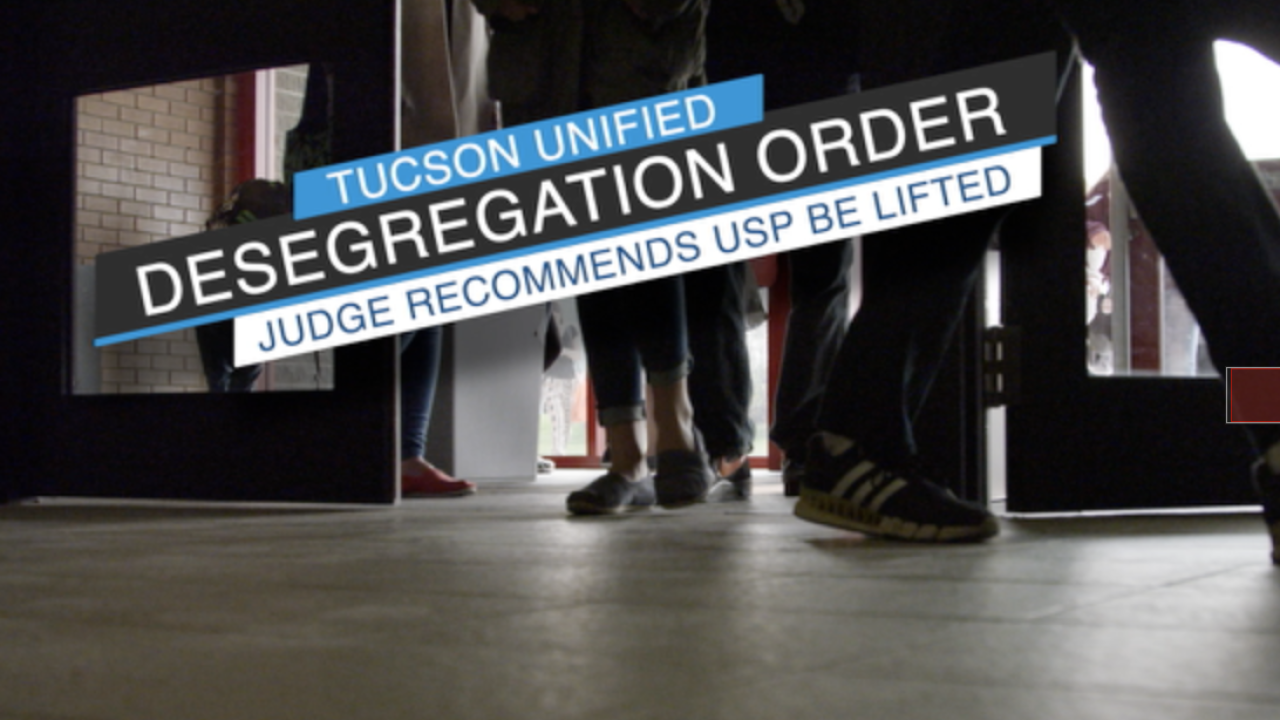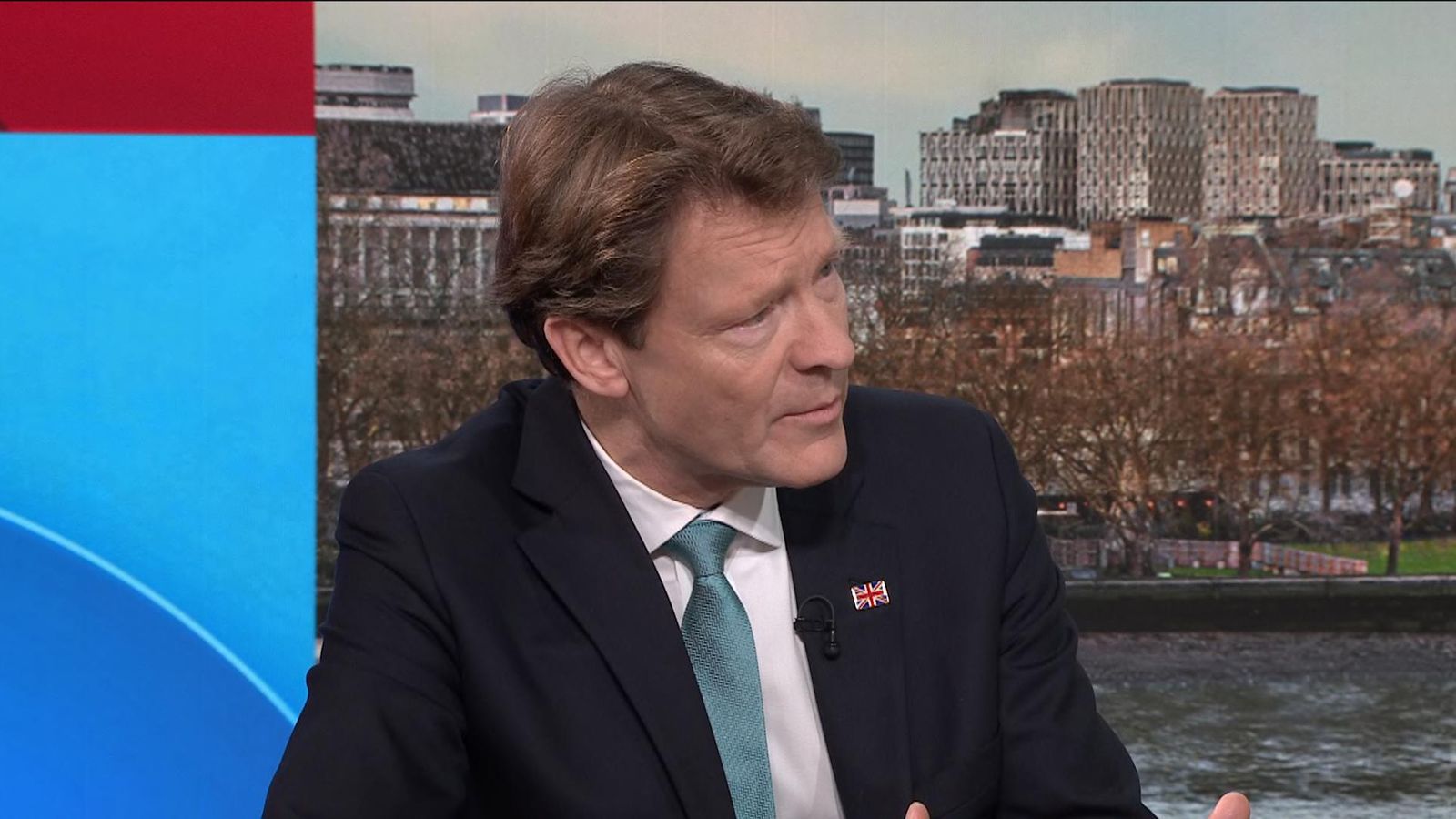The Justice Department's School Desegregation Order: End Of An Era, Beginning Of A New Chapter?

Table of Contents
The Historical Context of School Desegregation Orders
The fight for school desegregation is deeply rooted in the American Civil Rights Movement. Brown v. Board of Education marked a pivotal moment, yet its implementation proved far from seamless. The Justice Department played a crucial role in enforcing desegregation orders, filing lawsuits against resistant school districts and advocating for the implementation of integration plans. This period saw significant legal battles and landmark legislation, including the Civil Rights Act of 1964 and the Elementary and Secondary Education Act of 1965, which aimed to address educational disparities.
- Key milestones: The passage of the Civil Rights Act, the emergence of civil rights organizations like the NAACP Legal Defense and Educational Fund, and the implementation (albeit often slow and resisted) of court-ordered busing programs.
- Significant legal battles: Green v. County School Board (1968), which challenged the "freedom of choice" plans, and Swann v. Charlotte-Mecklenburg Board of Education (1971), which upheld the use of busing to achieve desegregation.
- Impact of federal intervention: Federal intervention, while often met with resistance, led to increased enrollment of Black students in previously all-white schools, though significant inequalities persisted.
The Justice Department's Shifting Stance on School Desegregation
In recent years, the Justice Department's approach to school desegregation has demonstrably shifted. This change reflects a broader political climate and has raised significant concerns among civil rights advocates. The department has shown a reduced willingness to intervene in cases of alleged school segregation, leading to a decrease in enforcement actions and a potential rollback of decades of progress. This shift has been criticized for potentially exacerbating existing racial disparities in education.
- Specific examples: A noticeable decline in the number of school desegregation lawsuits filed by the Justice Department, a more lenient approach to reviewing school district plans, and a reduced emphasis on achieving racial balance in schools.
- Potential legal challenges: The shift could face legal challenges from civil rights organizations and individuals arguing that it violates the principles established in Brown v. Board of Education and subsequent rulings.
- Political and social factors: This change in approach is influenced by evolving political ideologies and a resurgence of arguments against affirmative action and policies designed to address historical injustices.
The Impact on Affected School Districts and Communities
The consequences of the Justice Department's altered approach are already being felt in numerous school districts across the nation. There is growing evidence suggesting an increase in de facto segregation, where schools become racially imbalanced through residential patterns and other factors, even in the absence of explicit segregation policies. This re-segregation has profound social and economic implications, perpetuating the cycle of educational inequality and limiting opportunities for minority students.
- Case studies: Analysis of specific school districts experiencing increased racial isolation, demonstrating the link between the Justice Department's shift and the rise in segregation.
- Increased racial disparities: Data illustrating the widening achievement gap between white and minority students in districts where desegregation efforts have weakened.
- Long-term consequences: The potential for long-term social and economic disadvantages for students in re-segregated schools, impacting their future opportunities and exacerbating existing inequalities.
The Future of School Desegregation and the Role of Civil Rights Organizations
Civil rights organizations are playing a critical role in pushing back against the Justice Department's shift and advocating for continued school desegregation efforts. These organizations employ various legal strategies, including filing lawsuits, lobbying for legislation, and raising public awareness to counteract the decline in federal enforcement. The future of school integration hinges on the continued commitment of these organizations, as well as the courts and public opinion.
- Key legal arguments: Challenges to school district policies that perpetuate segregation, arguments against the Justice Department's interpretation of existing law, and calls for proactive measures to address re-segregation.
- Potential for new legislation or Supreme Court rulings: The possibility of new federal legislation to strengthen desegregation efforts, or potential Supreme Court cases that could reshape the legal landscape.
- Long-term strategies: The development of comprehensive strategies that address systemic racism in education, promote equitable school funding, and foster inclusive school communities.
Conclusion
The Justice Department's changing approach to school desegregation signals a potential end of an era in the fight for racial equality in education. While progress has been made, the recent shift raises serious concerns about the future of school integration. The rise of de facto segregation highlights the urgent need for continued and strengthened school desegregation efforts. The crucial role of civil rights organizations in advocating for educational equity and dismantling systemic racism cannot be overstated. We must all stay informed about developments in this critical area, participate in advocacy efforts, and support organizations working to achieve educational equity through desegregation, ensuring that the promise of Brown v. Board of Education is finally and fully realized. The fight for school integration is far from over, and the need for sustained action is paramount.

Featured Posts
-
 Navigate The Private Credit Job Market 5 Dos And Don Ts
May 02, 2025
Navigate The Private Credit Job Market 5 Dos And Don Ts
May 02, 2025 -
 Rising Homelessness In Tulsa Insights From The Tulsa Day Center
May 02, 2025
Rising Homelessness In Tulsa Insights From The Tulsa Day Center
May 02, 2025 -
 Reform Uk Investigation Into Rupert Lowe Following Bullying Complaints
May 02, 2025
Reform Uk Investigation Into Rupert Lowe Following Bullying Complaints
May 02, 2025 -
 Lotto 6aus49 Vom 12 April 2025 Lottozahlen Und Gewinnzahlen
May 02, 2025
Lotto 6aus49 Vom 12 April 2025 Lottozahlen Und Gewinnzahlen
May 02, 2025 -
 Rupert Lowe Police Report Filed Amid Uk Reform Bullying Allegations
May 02, 2025
Rupert Lowe Police Report Filed Amid Uk Reform Bullying Allegations
May 02, 2025
